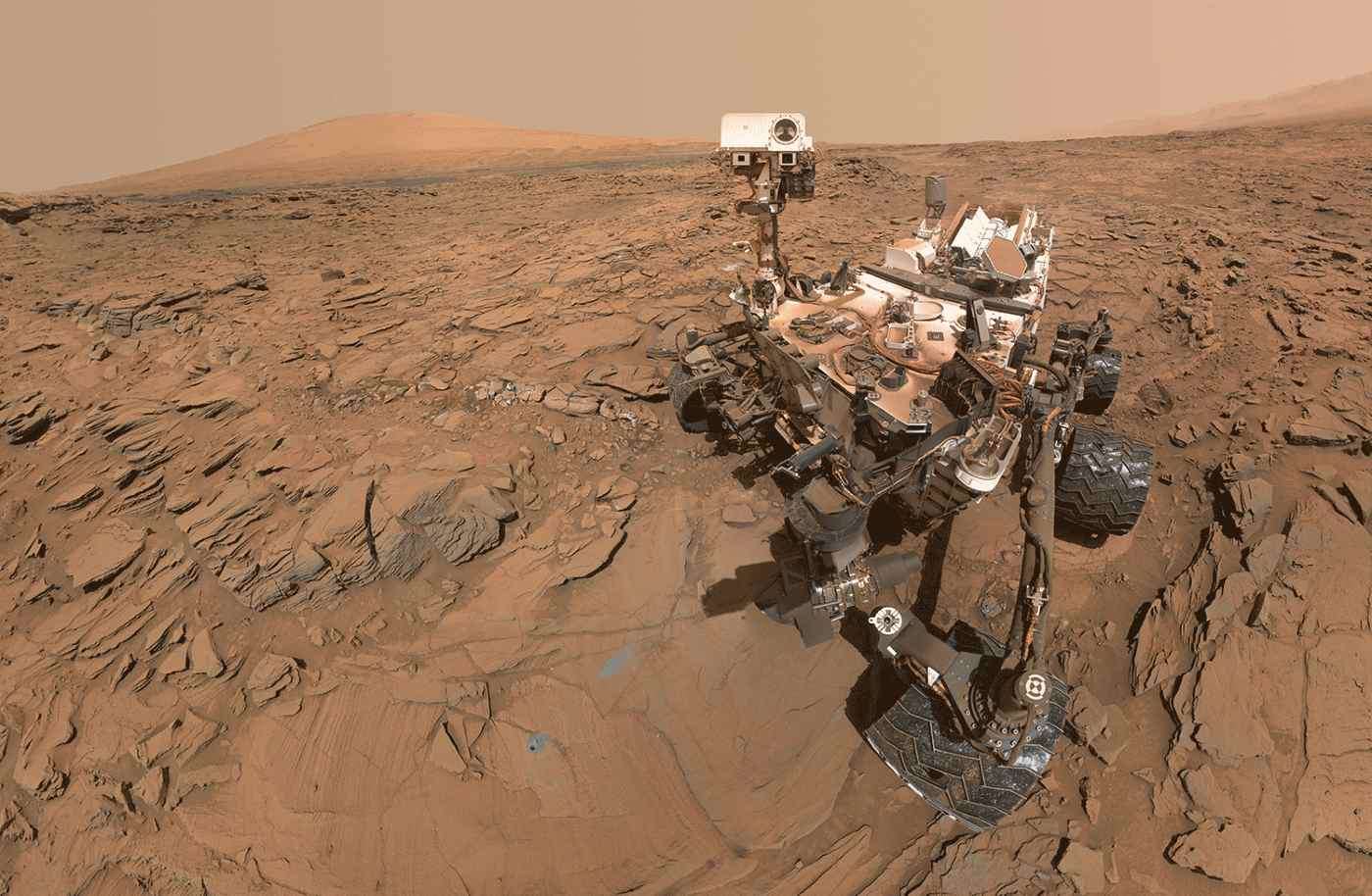New Study Shows Spending a Long Time on Your Phone Isn't Bad for Your Mental Health
A new study from the University of Lancaster has found that spending time on your phone isn't actually bad for your mental health.

Tuesday was the 3,000th day, or "Sol," during which NASA's Curiosity Rover has been trundling about on the surface of the Red Planet.
The images the rover has beamed back have colored in the dreams of thousands of Star Wars, Star Trek, and John Carter fans, and our understanding of what the closest, potentially habitable planet looks like has grown with each photo.
Making landfall on Aug 6, 2012, Curiosity proceeded to begin its six-year ascent up the side of Mount Sharp, a three-mile high mountain.
Still climbing after all this time, it stopped on Nov 18, 2020 to use the mast camera and take a series of 122 images over the mission's 2,946th sol. Stitched together, they form a wide-angle shot of Gale Crater, a 96-mile-wide bowl which Mount Sharp sits within.
A press release from NASA describes the geology of the Mount Sharp panorama: "the curved rock terraces that define the area can form when there are harder and softer layers of rock on a slope. As the softer layers erode, the harder layers form small cliffs, leaving behind the benchlike formations".
"Our science team is excited to figure out how they formed and what they mean for the ancient environment within Gale," said Curiosity's builder and managing scientist, Ashwin Vasavada of NASA's Jet Propulsion Laboratory in Southern California.
It's just one of many discoveries the Curiosity Rover has made, and will continue to make as it rambles about, millions of miles away from home.
NASA's Curiosity Mars rover spotted this dust devil with one of its Navigation Cameras around 11:35 a.m. local Mars time on August 9, 2020.
To celebrate its three-thousandth day on Earth, here is a photographic journey of the rover's six-year climb up the side of Mount Sharp, all the while encountering giant sand dunes, fascinating geology, captivating rock formations, dust storms, and more.
SHARE These Far-Out Photos From NASA With Your Planet-Loving Pals on Social Media…
Be the first to comment